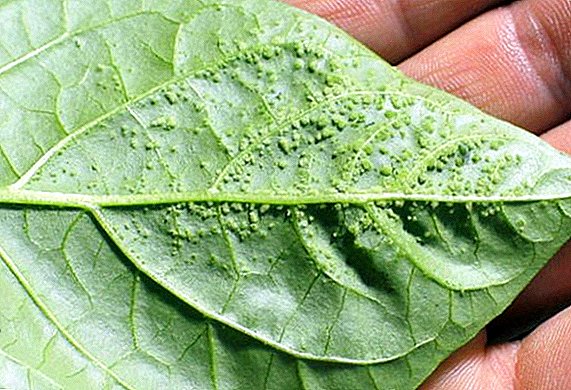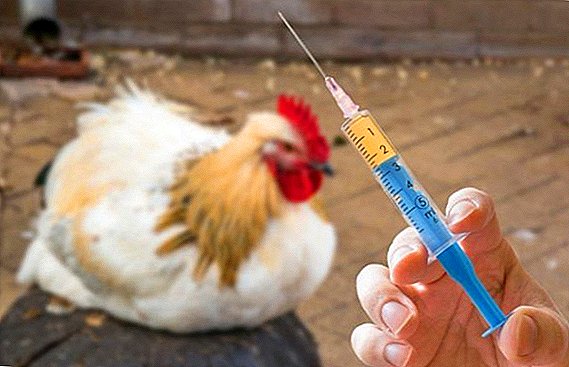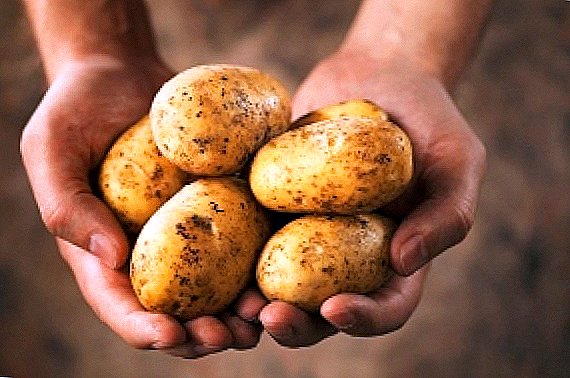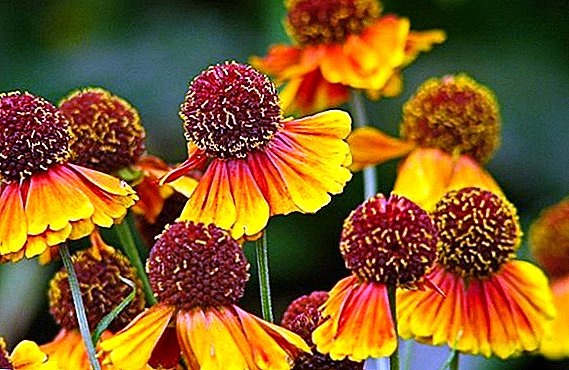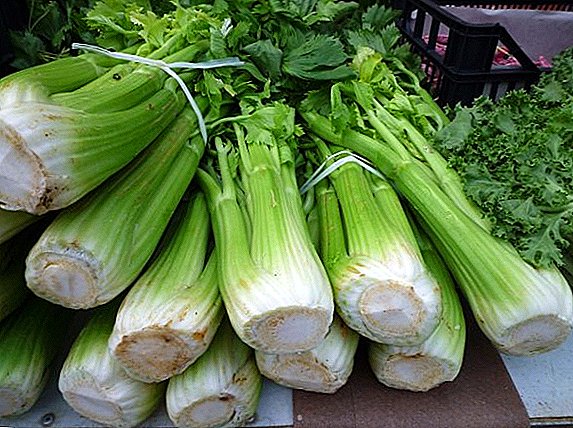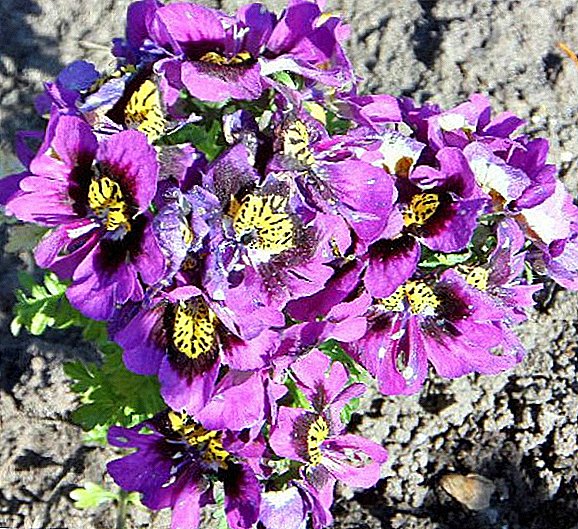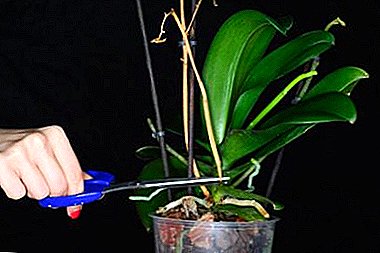
Phalaenopsis is one of the varieties of orchids, which is very popular and is distinguished by its unpretentiousness and ease of care. The flowers of the plant are incredibly beautiful. At the end of the flowering period, the peduncle remains bare. Not many know what to do with it further. Whether it is worth cutting or if this procedure is superfluous and how to produce it correctly can be found below.
What does pruning include?
Orchid pruning - removal of peduncle. When it dries, it is removed. Sometimes it happens that after completion of flowering, the process instantly turns yellow and dries out. The reasons may be different - lack of nutrients or natural old age.
In this state, the peduncle is no longer needed by the plant, so you can safely cut it without fear. In place of the cut, after a while a new appendix will appear.
How to understand whether to remove flower stalk?
 First you need to make a visual inspection of the flower stalk. It is recommended to pay attention to the shade, general condition, behavior. Signs of drying are:
First you need to make a visual inspection of the flower stalk. It is recommended to pay attention to the shade, general condition, behavior. Signs of drying are:
- Discoloration: paleness, yellowness appears, it can even become brown or brown.
- Lost form.
- Peduncle resembles a dry branch.
- Wilt occurs.
- For 6-7 months, the peduncle is in the same condition.
When fully dried, pruning is permitted. But, if the hand has not completely dried out, then you should wait with the procedure. She will still play her role as a supplier of moisture and various substances.
Important! Late removal will lead to stress on the plant, and the recovery period can take a whole year.
The green tip is a possible sign of future flowering. If available, pruning is not recommended. The floriferous process also cannot be touched if there are swollen buds on it. Only the removal of the dry part is possible.
Three options for handling the remaining green flowering shoots:
- There are gardeners who cut off the arrow of the peduncle and put it in a glass of water. After some time babies form on it.
- There is the option of stimulating pruning, but it is held in the spring. This type of procedure encourages phalaenopsis to continue the race.
- It is also possible option that does not include the cut arrow. The green peduncle often forms new flowers. Formation does not occur quickly, within 2-3 months after the fall of the previous flowers.
When to process?
After flowering comes the phase of so-called rest. It is during this period experienced flower growers spend pruning. Often, the procedure is done in late October - early November. Although there is a certain time frame, but you can remove the flower after complete drying, so that there is not a single living bud.
You can’t cut it alive, as this will cause very serious damage to phalaenopsis and weaken it. He will spend all his strength on the treatment of wounds.
Step-by-step instruction
Preparation of the necessary tools
 It will take a well-sharpened knife, it should not harm the flower. It is preferable to take a garden pruner. It is considered more reliable. The chance that the pruner will cause injury to the plant is minimal, moreover, with its help smooth, neat cuts are made.
It will take a well-sharpened knife, it should not harm the flower. It is preferable to take a garden pruner. It is considered more reliable. The chance that the pruner will cause injury to the plant is minimal, moreover, with its help smooth, neat cuts are made.
The edges are not compressed. Before you begin the procedure, the instrument must be disinfected. You can process the alcohol tincture or calcined on fire.
Choosing a place
You need to have a clear idea where the cut will be made. Sometimes the peduncle grows very long, and the buds after flowering are laid only at the very top. In this case there are two options for trimming the peduncle:
- It is usually cut 1-2 cm above a well-developed kidney so as not to cause it to drain.
- If the grower is satisfied, you can leave it as it is.
Very often pruning is done on the second or third bud, located on the floral stem.
The choice of method
Sometimes, after a visual inspection, on the peduncle you can see dormant buds, which later turn into buds or children. In this case, the ideal option would be to cut 2-3 centimeters higher than the kidneys. However, there is no guarantee that the buds will live, and flowering will resume. Such pruning will inhibit the growth of a new flower stalk. Phalaenopsis spends its main strength on maintaining the same arrow. The choice of what to do remains for the pet's owner: not to touch the kidneys or not to inhibit the development of the new process.
Pruning
How is pruning peduncle:
- Pre-prepared tool, carefully cut off the dry part of the flower.
- The stump that remained after trimming should be about 2 centimeters.
- The wound site is covered with charcoal, ground with cinnamon.
- When the cut dries, it is burned with fused wax.
- All dry foliage, the roots are cleaned in the same way, but the wax does not apply.
- It does not need watering for 14-16 days, because the recovery period is over and the plant does not need to be disturbed.
Further care of the plant
After pruning the peduncle phalaenopsis is treated as follows.:
 Watering is done regularly, once a week. Water on the foliage and stagnation in the sinuses is strictly prohibited. This can lead to decay and various diseases.
Watering is done regularly, once a week. Water on the foliage and stagnation in the sinuses is strictly prohibited. This can lead to decay and various diseases.- It is necessary to spray phalaenopsis every day.
- Liquid for irrigation is taken at room temperature, having no impurities, salts.
- Fertilization is done 1 time in 30 days.
- The soil is changed 1 time in 2-3 years, but not more often.
- Optimum humidity within 50% -60%.
- Lighting - diffused, direct sunlight is unacceptable.
- Suitable daytime temperature is +23 ... +25 degrees.
- Do not place the pot close to heating devices.
Attention! It is recommended to often ventilate the room with a flower, but without drafts.
Conclusion
Phalaenopsis pruning procedure is a rather complicated process. In fact, it is no different from pruning other indoor plants. Although this is a stress for a pet, but competent care ensures early flowering. It is only necessary to adhere to the basic rules and recommendations, then everything will go smoothly.


 Watering is done regularly, once a week. Water on the foliage and stagnation in the sinuses is strictly prohibited. This can lead to decay and various diseases.
Watering is done regularly, once a week. Water on the foliage and stagnation in the sinuses is strictly prohibited. This can lead to decay and various diseases.
